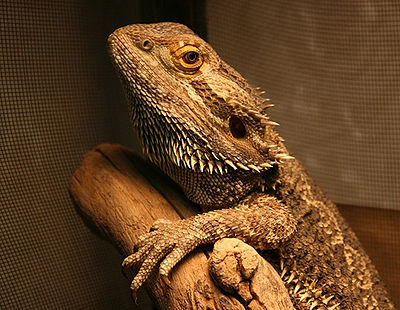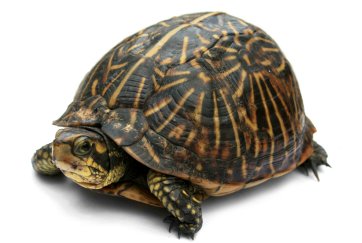
So, you’ve decided you want to share your life with a reptile. You’ve researched and probably have a good idea as to the type of reptile you want.
Here are some tips that we hope can help you with your purchase.
The best reptile to choose is one that has been bred in captivity. Captive-bred reptiles are usually healthier and don’t have to go through the stress of capture and transport. They suffer less illness and you usually won’t have parasites to contend with.
Reptiles bred in captivity are probably used to a human presence. They will be less nervous and easier to handle.
If you’re squeamish about feeding live food, captive-bred reptiles, particularly snakes, are probably used to eating killed prey, which makes it easier for you at mealtime.
Another very important point, you are supporting the conservation of wildlife.
A healthy reptile should have a decent covering of flesh with no bones visible. Skin should be bright and not excessively wrinkled which can mean the reptile is dehydrated. They should be free of bites and scratches and any infestation of mites. Turtle shells must be firm and free of defects. Ask the breeder if you can handle the reptile (breeder should allow this) to make sure muscles are not weak and that it is alert.
Check eyes and nose for any discharges, breathing difficulties or other problems. Check mouth as well. A healthy reptile mouth is pink. A bad smell or other unusual signs can indicate illness. Make sure the reptile itself is clean as well as the area where it is kept.
If you are a first time reptile owner, choose one that is easy to care for such as Bearded Dragons, Leopard Geckos, Corn Snake, Ball Python. These are easier to handle as well.
Always wash reptile equipment in an area where no food is kept or prepared. Wash hands thoroughly after handling your reptile. Practice good hygiene to avoid salmonella contamination.


